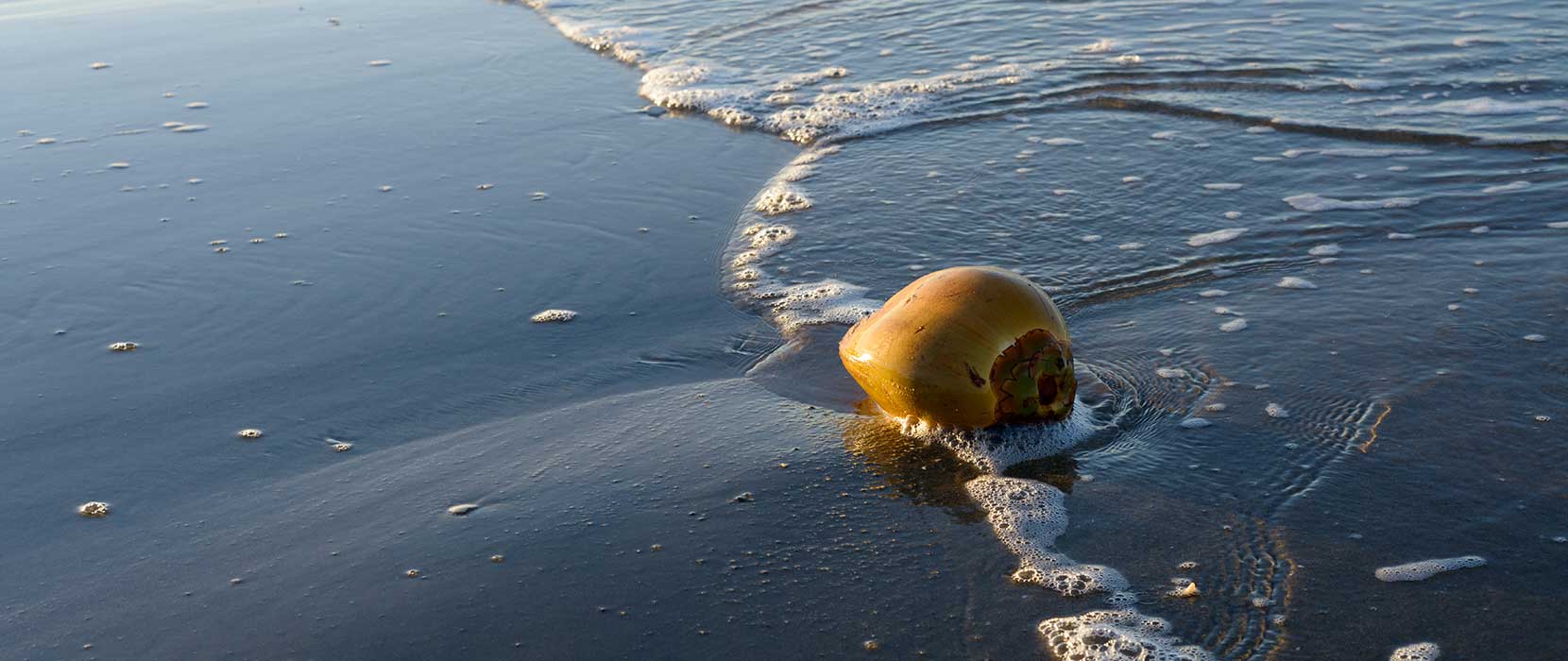Graduate Researcher
Pauline Reynolds
As a teenager I belonged to a dance and culture group on Norfolk Island. One time, sitting in a circle weaving crowns of flowers, two elders asked us, watabaut dem wahine orn aa Baunti? (What do you think about those women on the Bounty?). They were asking us to think about our foremothers, the Polynesian women who had left Tahiti’s shores aboard the British ship Bounty in 1789 with a handful of mutineers and Polynesian men, and who together eventually settled on Pitcairn Island. Their descendants later emigrated to Norfolk Island. We descend from those people. I decided to uncover those foundational women’s stories to learn more about their origins and lives.
It was a challenge finding anything about them, even in our oral histories. The accepted narrative around this famous story – in novels, history books, academic studies, and Hollywood blockbusters — is about the mutineers. For the past 200 years it’s been told as a European story, with Pacific Islands and Islanders merely floating in the background. This narrative has dominated our sense of ourselves, but ironically, at the same time, all around us are expressions of those women: words in our language, methods of cooking, Oceanic ways of thinking and expression, and a myriad of other intangible things.
My PhD is a way for my people to reclaim this history and bring to the fore the women who birthed, educated, and raised their children and their grandchildren, their DNA passed down the generations to us. To tell untold stories. To name them. To hopefully know them a little. This requires new methods of historical inquiry and cultural practices, because these women were barely written about by historians.
Years after my teenage days on Norfolk, I moved to Tahiti, raised a family, and began a practice of dyeing and printing silks and cottons with traditional dyes made from the roots, barks and flowers of particular trees. I became interested in tapa, the traditional cloth made from the bark of the tropical paper mulberry and breadfruit trees. I thought about what my foremothers wore, and contacted museums to see if any of their clothes were held in overseas collections. There were many around the world.
At the King’s Museum in Aberdeen, Scotland, there are two beautifully constructed tiputa (a kind of tunic). One of these was made by my great-great-great-great-great grandmother Dinah Adams on Pitcairn Island. Her mother was a Tahitian named Vahineatua (literally ‘Goddess’), her father was the mutineer John Adams. In 1821 Captain Raine visited the island on his way from Valparaiso to the NSW convict settlement, and Dinah followed the ancient Polynesian ritual of gifting a piece of cloth to this visitor. This custom envelopes a stranger to bring them into one’s world. Eventually, the tiputa found its way to the Aberdeen museum.
On my research visits to the museum, I approach the tiputa as though it is an ancestor. It links Dinah’s and Vahineatua’s time to my time, both of us (the tiputa and myself) having taken a long journey to meet. Dinah’s inherited knowledge, her sweat, her tears, her blood speckled across the front, still present in the fibres. I take in its composition, weight, earthy scent, faded colours, and signs of careful mending.
In museums we call these objects ‘artefacts’ or ‘material culture’. Polynesians call them taonga or tao’a – meaning ‘treasures’, especially if one is connected through genealogy. So we could think of a museum not as a static space, but a ‘house of treasures’. In the research rooms in these houses of treasures I talk to the tapa laid out on tables, under fluorescent lights, without the sun or moonlight to reflect on their polished fibres. I hold the fabric to my nostrils and breathe in deep to catch the scent of perfumed coconut oil.
Thinking of the tiputa as a repository of indigenous knowledge and simultaneously a representation of genealogical identity, I recently reconstructed a tiputa out of modern woven fabrics which mimic the weight and texture of the different grades of tapa in Dinah’s tiputa. This replica is now held in the collections of the Museum of Archaeology and Anthropology in Cambridge enabling researchers to try it on and interact with its construction. This is an exciting methodology where re-creating something from the past has enabled me to step into that past, feel the fall of the fabric on my body, and know something more about my ancestresses’ everyday life.


